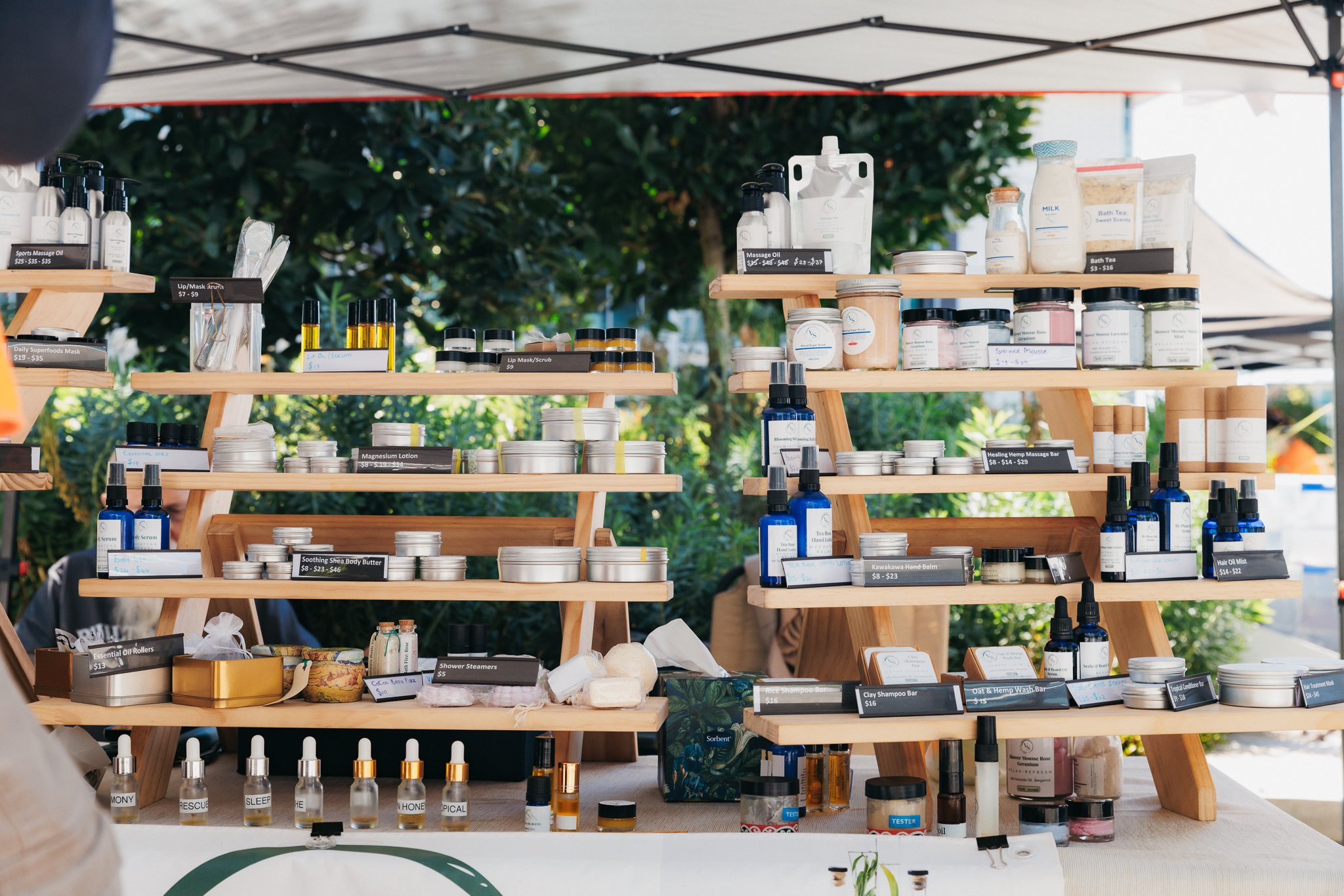Do Less: Part 2 — The Pareto Principle (80/20 Rule)
Velvet Skin NZ Recovery Blog Series
⸻
Origins and Application of the 80/20 Rule
The Pareto Principle, named after Italian economist Vilfredo Pareto, suggests that 80% of outcomes often stem from just 20% of inputs. First observed in wealth distribution, the principle has since been applied across economics, business, psychology, and personal wellbeing. In the context of recovery and wellness, it reveals a liberating truth: you don’t need to do everything. You just need to do the right things. A few deliberately chosen rituals can yield far greater impact than a sprawling, exhausting regimen.
📚 Koch, R. (2011). The 80/20 Principle
⸻
Efficiency Over Excess in Self-Care
Wellness culture often pressures us into complexity — long morning routines, expensive gadgets, or 12-step regimens. But research shows that it’s the consistency of a few right-fit practices that makes the real difference. Whether it’s a grounding breath technique, a well-matched moisturising oil, or staying hydrated — these small, regular actions often deliver the majority of healing outcomes. Focusing on what actually helps saves energy for real recovery.
📚 Fogg, B. J. (2019). Tiny Habits
⸻
Protecting the Vital Few
In high-stress periods (flare-ups, grief, overload), people often drop everything. But those who maintain just one or two key rituals — applying a favourite oil, scent grounding, drinking salted water — tend to recover more quickly. Chronic illness studies confirm this: people who protect their “vital 20%” during hard times are more likely to rebound with less damage. The 80/20 lens invites us to ditch shame and focus on sustainability.
📚 Lorig, K. R. & Holman, H. R. (2003). Self-management education
⸻
Evaluating What Actually Helps
The 80/20 Rule isn’t just a mindset — it’s a method. Start with an audit: What practices actually help? What improves your sleep, mood, skin, or energy? Research suggests combining basic tracking (mood, symptoms) with outcome reflection helps people identify their highest-return habits. For instance: if using a lavender scent roller helps reduce headaches and calm overstimulation, that goes in the core 20%.
📚 Duckworth, A. L., Gendler, T. S., & Gross, J. J. (2016). Situational strategies for self-control
⸻
Brand Strategy Informed by 80/20
At Velvet Skin NZ, we don’t just teach the 80/20 rule — we formulate by it. Instead of chasing trends or flooding customers with dozens of niche products, we focus on a few high-impact, multifunctional items: oils that double as massage blends, scalp serums safe for facial skin, and scent rituals that soothe overstimulation. It’s a low-clutter, high-function strategy rooted in deep respect for your energy, budget, and capacity.
📚 McKeown, G. (2014). Essentialism: The Disciplined Pursuit of Less
⸻
You don’t need more. You need what works.
When I think of how to decide what is the 20. - I think of something I heard once that had a profound effect on me: “Is it the hinge?” Let’s break it down a hinge lets you swing massive doors with barely any effort. You could break the door down but that takes a LOT of effort. When you focus on the hinge that’s low effort big reward. Not everything is a hinge but there are enough hinges to make life much easier if we ask the question and decide to be honest about the answer if we would like a different result.
Choose your core 20%. Protect it. Let the rest go.
📖 Full blog post + references: [VelvetSkinNZ.com/blog]
📍#RecoveryScience #NeurodivergentHealing #MinimalistSkincare #ChronicIllness #80/20 #VelvetSkinNZ #WellnessInfrastructure

